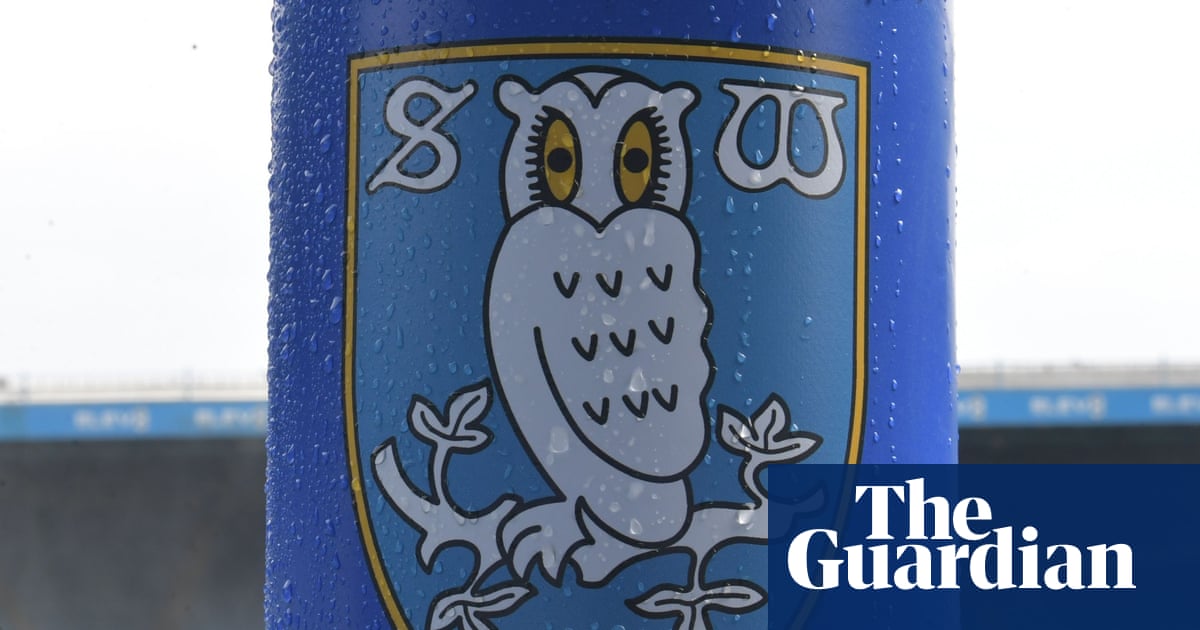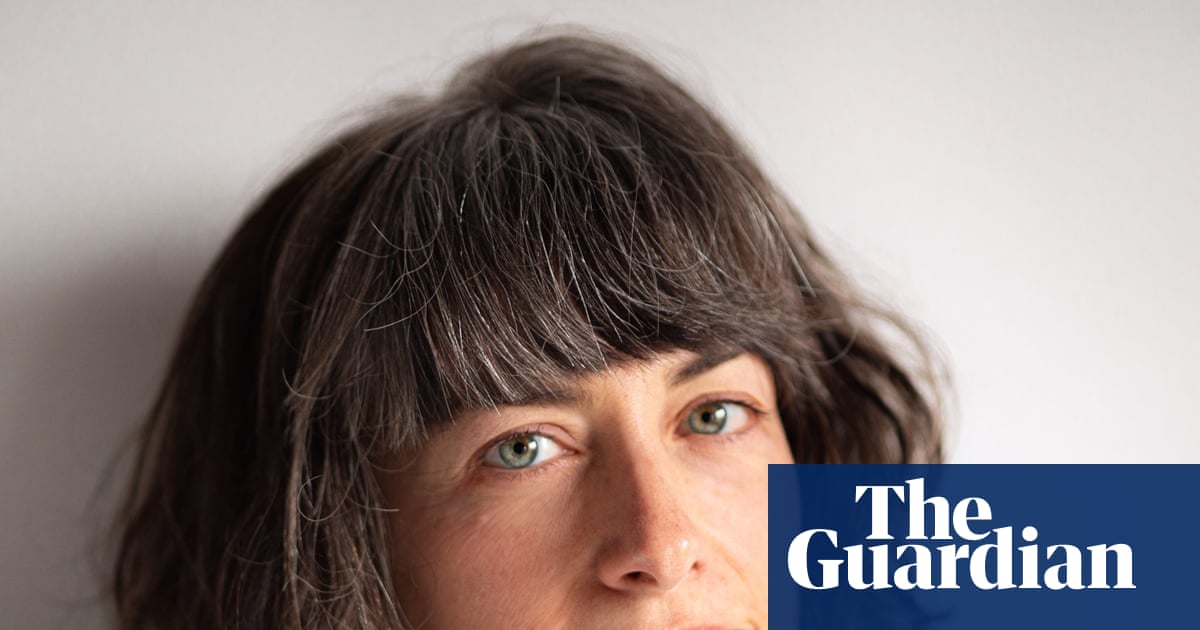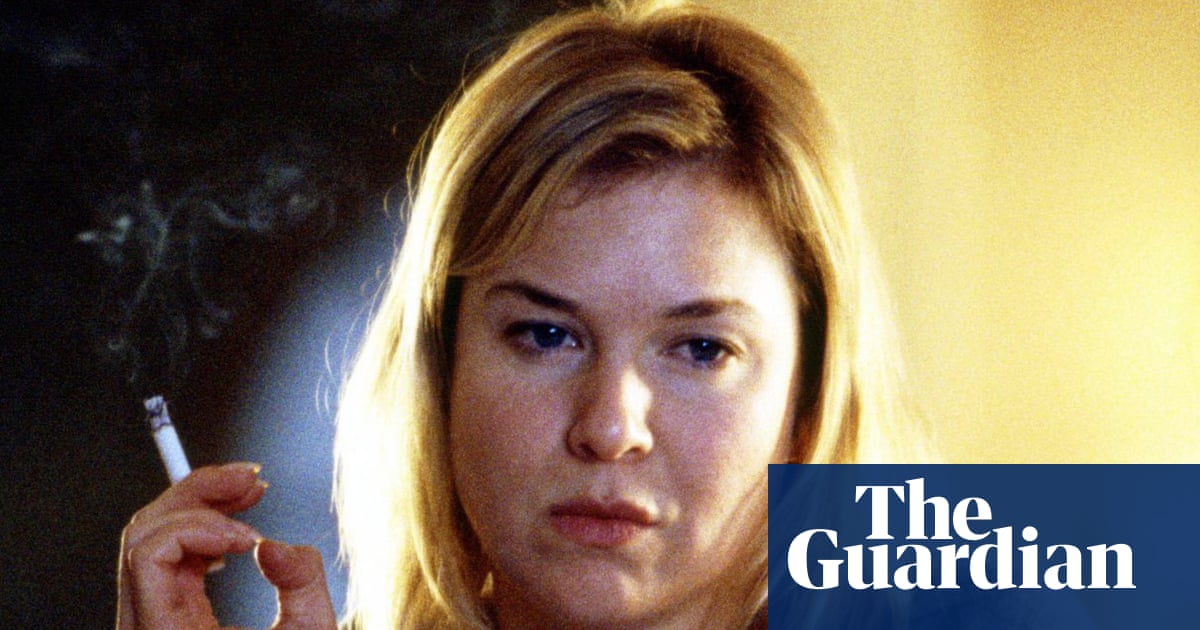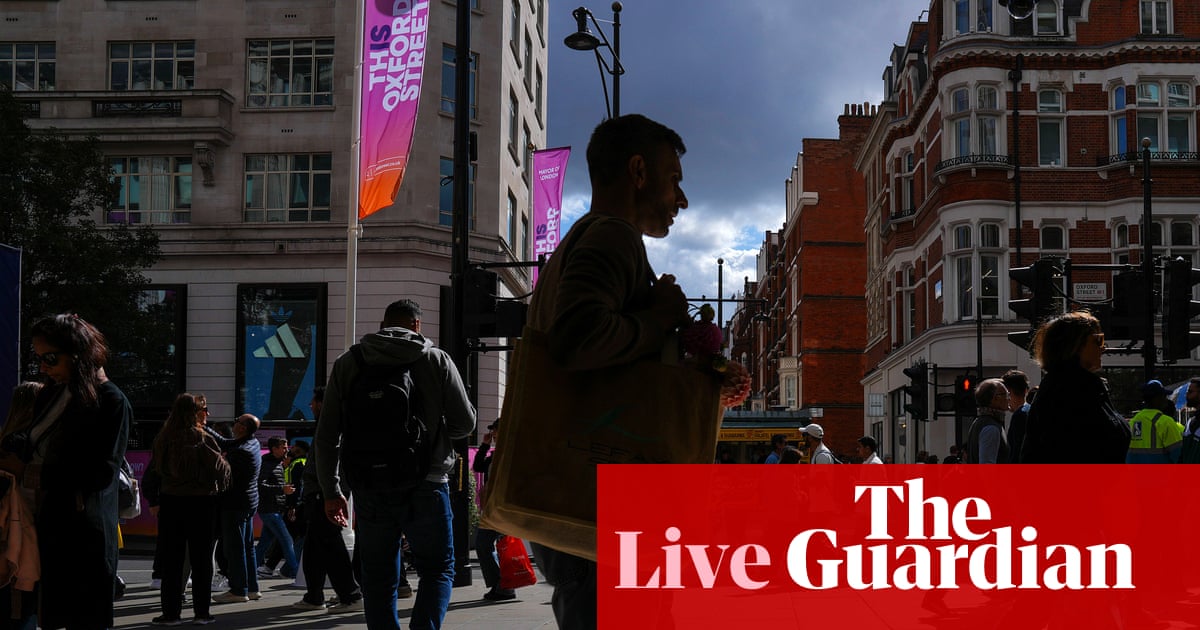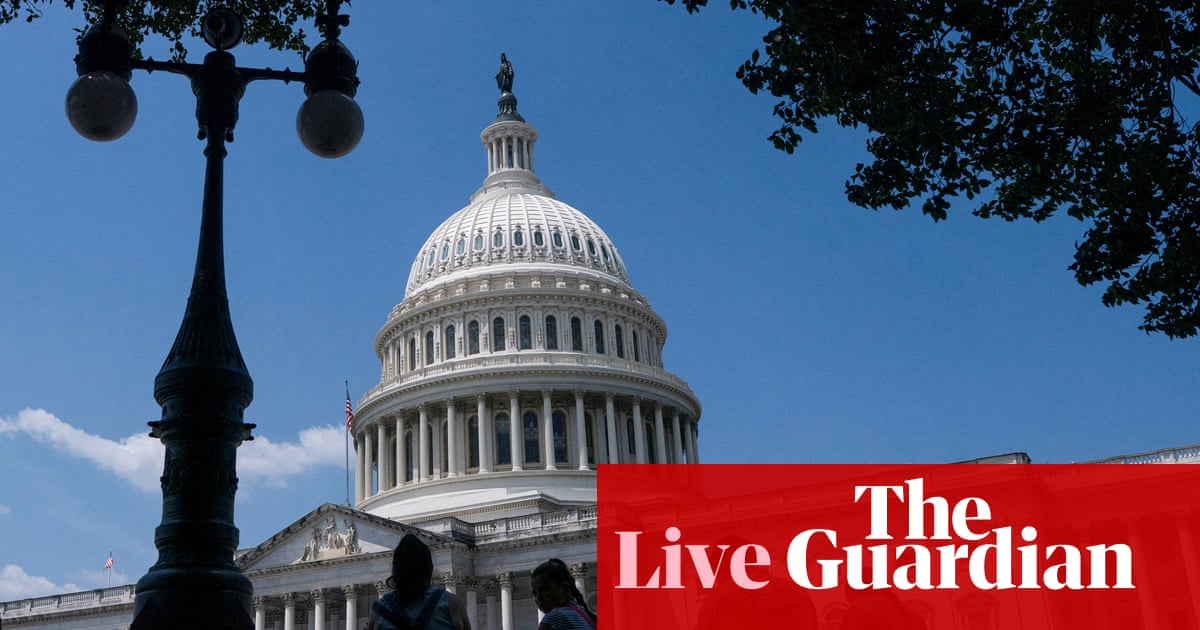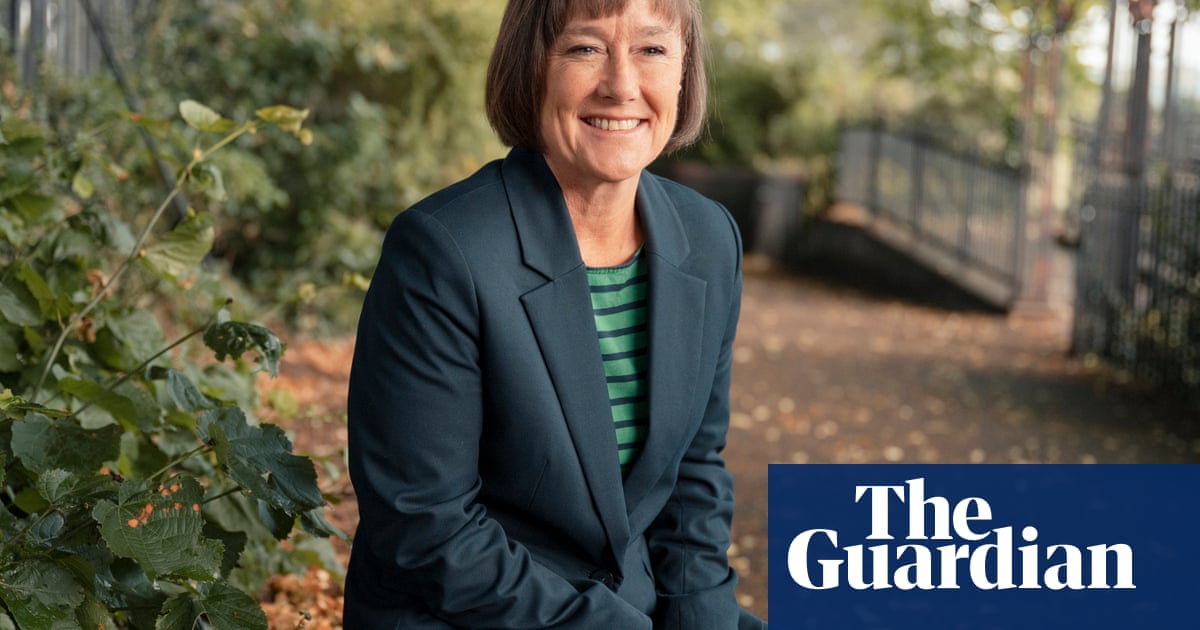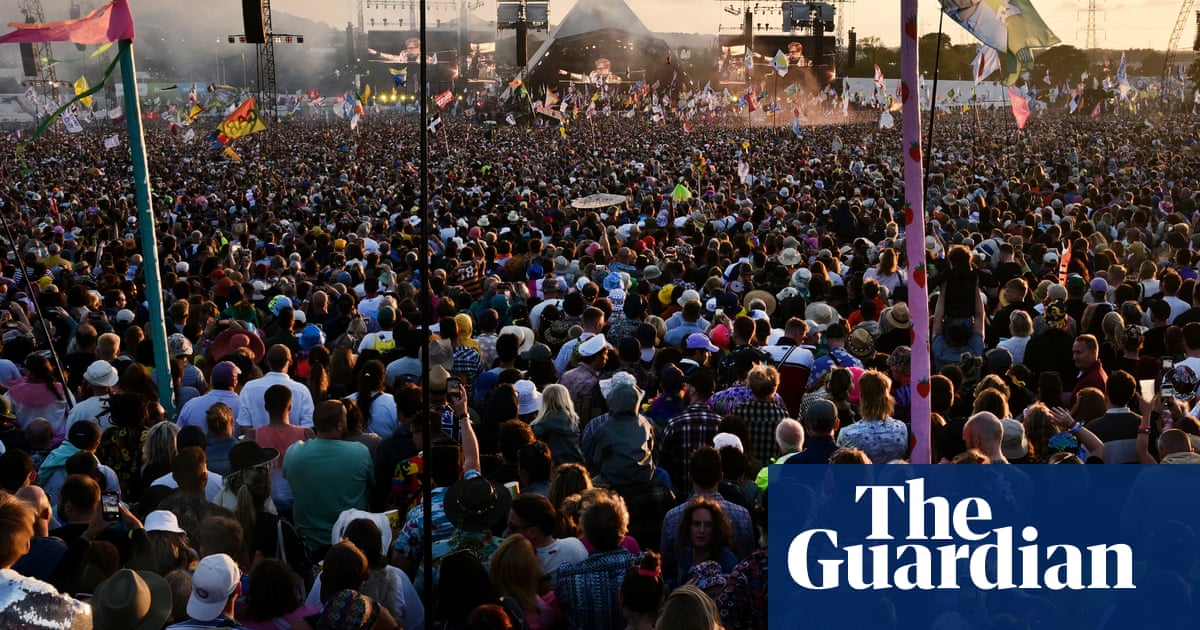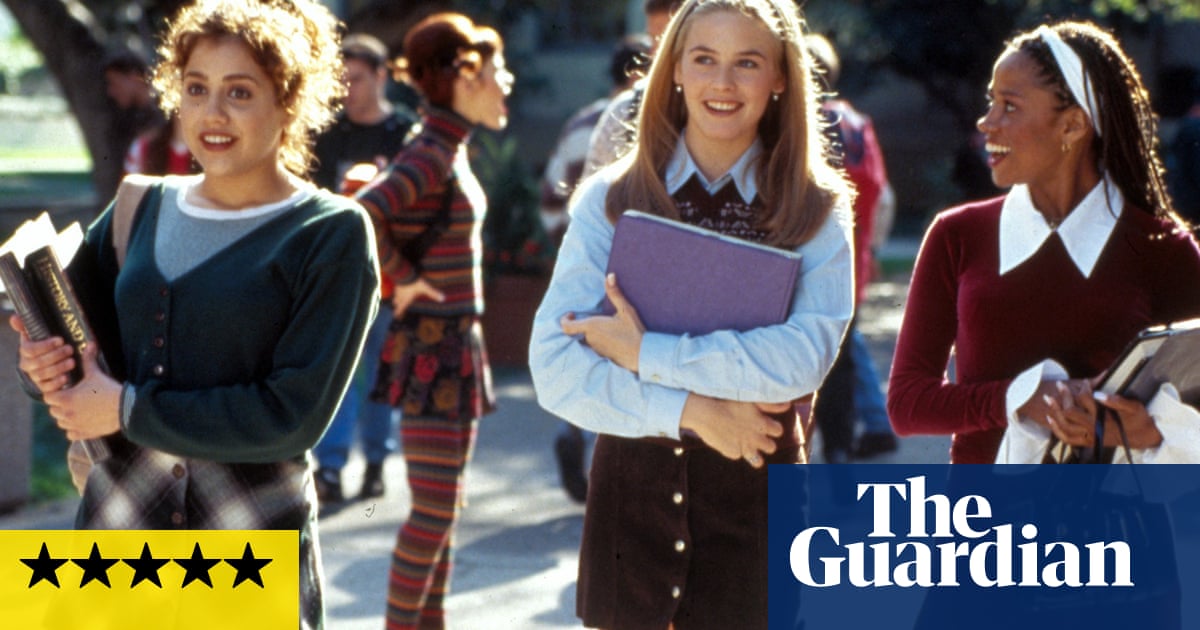Every week at my local multiplex, there is a new horror film. If it’s not a reboot (I Know What You Did Last Summer) or sequel (Final Destination Bloodlines), it’s a prequel (The First Omen; A Quiet Place: Day One), the return of a beloved gothic icon (Luc Besson’s Dracula: A Love Tale; Guillermo del Toro’s Frankenstein), or a slasher movie (Dangerous Animals) in which the psycho killer’s weapon of choice is not blades, but sharks. Or it’s a thrilling, deliriously inventive dispatch from one of a new wave of horror auteurs shaking up the cinematic zeitgeist: Ryan Coogler’s Sinners, say, or Zach Cregger’s Weapons.
By playing with metaphor, imagery and narrative, horror has always addressed hard truths about death, decay and the human condition that mainstream productions tend to shy away from as too disgusting, embarrassing or distressing. In an era when thrillers, romcoms and action films are unwilling to rock the boat lest they upset risk-averse studios and streaming services, horror films are uniquely equipped to tackle the hot-button issues of our times: migration (His House); mental health (Smile 2); toxic masculinity (The Invisible Man); artificial intelligence (M3gan); cults (Midsommar); zealotry (Heretic); gender dysphoria (I Saw the TV Glow); conspiracy theories (Broadcast Signal Intrusion); Zoom meetings (Host); pandemics (The Sadness); ecology (In the Earth); politics (The Purge); dementia (Relic); pregnancy and motherhood (Huesera: The Bone Woman; Mother’s Baby) and – an ever-popular theme in the horrorsphere – bereavement (The Babadook; Hereditary; Talk to Me; Bring Her Back and so on).
In an age of polarisation, institutional collapse, climate anxiety and the breakdown of a shared reality, horror has emerged as the genre most capable of processing our fractured moment. Once reviled by respectable film critics as being only a short step up from pornography, horror today is not just having a moment; it is revealing itself as the defining genre of the 21st century.
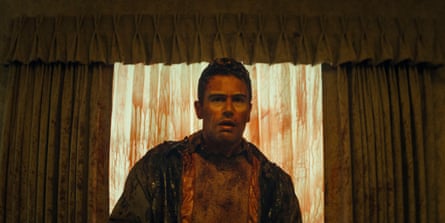
The last great flowering of horror was during the 1970s, when George A Romero, Tobe Hooper, John Carpenter and Wes Craven dragged the genre, kicking and screaming, out of the gothic past and into the world of rural America, shopping malls and suburbia, in subversive films that reflected widespread social unease and distrust of authority in the era of Vietnam, Watergate and a disillusioned counterculture. But horror moves in cycles, from innovation to exploration to recycling and parody, and by the 1990s the films had got bogged down in spoofs (Scary Movie), duff remakes (The Haunting) and slumming A-list directors who imagined they were tapping into subtexts no one had ever spotted before (Bram Stoker’s Dracula; Mary Shelley’s Frankenstein; Wolf).
Then, just in time for the millennium, an unholy trilogy of hits restarted the moribund pulse of the genre to send it roaring into the next century. The Blair Witch Project showed that an entire branch of film-making could be revolutionised on a rock-bottom budget, making ingenious use of the internet as a marketing tool and substituting the primal fear of getting lost in the woods for expensive special effects. It wasn’t the first horror film to use “found footage”, but it was instrumental in turning this into one of low-budget film-making’s most cost-effective stratagems.
And alongside Blair Witch, two other films signalled the revival of an almost forgotten subgenre – the ghost story, reworked for the modern age and a media-savvy audience. M Night Shyamalan’s The Sixth Sense parlayed a devastating twist into the alternative reality scenario that would underpin so much of the horror and sci-fi of the new century. And the cursed VHS tape of the J-horror phenomenon Ring was a harbinger in the use of new technology that would permeate the genre with spine-chilling spins on social media, influencers, AI and the Dark Web.
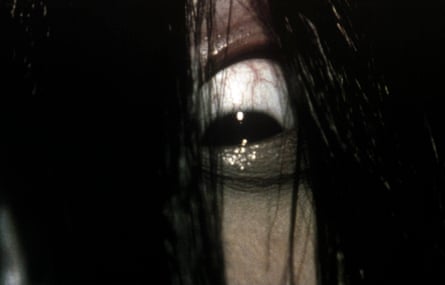
Post-Ring, the increasing availability of DVDs and spread of broadband made non-anglophone horror cinema, especially from France, Japan and South Korea, more accessible to horror fans in the west, permanently altering what “American” or “western” horror even means as directors such as Jordan Peele and Ari Aster would later consciously draw from this international lexicon. The New French Extremity (typified by Irréversible, in which a man gets his face mashed to a pulp by repeated blows from a fire extinguisher, or Martyrs, in which a woman is flayed to death) pushed the envelope of what was acceptable on screen. The subgenre eventually dubbed “torture-porn” (Hostel; The Human Centipede (First Sequence); and you really don’t want to know what happens in A Serbian Film) upped the ultragore content for a few years before giving way to less grim, more viewer-friendly ghosts, curses and bogeymen. Torture-porn’s influence lingers on today in mean-spirited splatterfests such as Terrifier 3, which made back 45 times its $2m budget, so evidently there is still a market for untrammelled sadism as practised by killer clowns. The box office success of Terrifier 3 alongside Robert Eggers’s upmarket-leaning Nosferatu underlines the genre’s new ecosystem, in which elevated and exploitative horror play with and off each other.
While the Blair Witch/Ring wave proved horror could be profitable and innovative, the current wave’s inflection point arrived with The Witch (2015), before being cemented by Get Out (2017) and Hereditary (2018). This moment succeeded where earlier innovations failed because it coincided with a rise in internet-fuelled alienation and a new understanding of trauma, including cultural and generational, that horror was uniquely positioned to process. Meanwhile, the new wave of horror auteurs is helping to take the genre out of the exploitation and midnight movie circuits and into the arthouse. The likes of Jordan Peele (Get Out), Jennifer Kent (The Babadook) and Eggers (Nosferatu) seem not to regard horror as a genre apart, but as an integral part of their creative toolkit. And they have abandoned the traditional 90-minute running time in favour of an epic length more often associated with blockbuster releases, giving themselves space to explore themes, develop characters more fully.
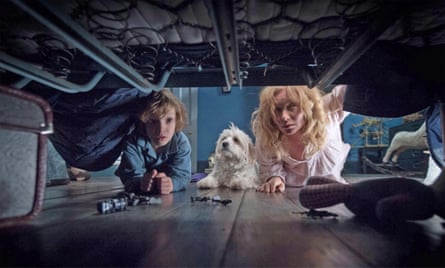
Peele’s Nope (130 minutes) is not just a horror film, but a neo-western science-fiction horror film. Kent’s The Nightingale (136 minutes) is a period rape-revenge horror drama that also addresses colonialism. Ari Aster’s Midsommar (147 minutes) is folk horror that tackles bereavement, trauma and a crumbling relationship. Coogler’s Sinners (137 minutes) is a deep south gothic musical period action drama, with vampires. (That some mainstream critics couldn’t get on board with Coogler introducing vampires into the mix suggests old anti-horror prejudices die hard.)
The new horror auteurs know the genre’s history, and use their knowledge to add non-formulaic twists and turn audience expectations upside down. Beyond expanded running times, directors such as Cregger, Peele and Aster are pioneering formal innovations that distinguish elevated horror on a technical level: discomfiting or unnatural colour palettes; compositions that deny the viewer safe framing; and most radically, their deployment of extended silences and narrative ambiguity to build unease or dread in audiences rather than jolting them with a continual barrage of jump-scares. Cregger’s Barbarian, about an Airbnb stay that goes horribly wrong, weighs in at a relatively snappy 102 minutes, but its unorthodox structure is pure 21st century, as are the film-maker’s astute casting choices, which ramp up the tension. His follow-up, Weapons (128 minutes) ekes out the details of its central mystery – 17 missing children – via separate points of view that ultimately dovetail in a perfectly judged climax that fully embraces both humour and horror, but without ever turning the film into a horror-comedy.
The films of the new horror auteurs are taken seriously by critics, who sometimes use the term “elevated horror” to distinguish them from cheap and cheerful splatterfests of yore. The shift became official when the Sundance, Cannes and Toronto film festivals began programming horror films in their main competitions – a transformation enabled by a generational changing of the guard in film criticism, as younger critics who grew up valuing horror as legitimate art displaced older gatekeepers. But horror is also helping to blur the boundary between arthouse and mainstream. Horror’s unique economic model – low budgets that can reap astronomical profits – grants auteurs a creative freedom that big-budget film-makers can only dream of, and explains why streamers and studios, otherwise allergic to risk, are willing to gamble on formally daring horror projects they’d never greenlight in other genres. The production and distribution company Blumhouse Productions produced Oscar-nominated dramas such as Whiplash and BlacKkKlansman, but made its name with the successful Paranormal Activity found-footage franchise, and steered Peele’s Get Out to a critical and commercial success that sparked a flurry of media discourse about post-racial America, and the potential of non-white or female film-makers to introduce new perspectives to a genre that was formerly almost exclusively overseen by white men.
The name of another distribution company, A24, has become so synonymous with elevated horror that fans and critics sit up and take notice when they see it attached to new projects, whether that’s award-winning work by Yorgos Lanthimos, Joanna Hogg and Sean Baker, or the latest film by Australian duo Danny and Michael Philippou, whose supernatural thriller Talk to Me was a word-of-mouth hit a few years ago. Their recent follow-up, Bring Her Back, is built round a performance by Sally Hawkins so terrifying you’ll never again be able to watch Paddington without shuddering.
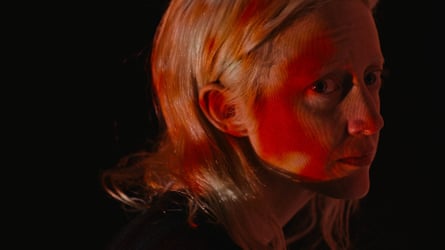
On the slate of another celebrated distributor, Neon, Bong Joon-ho’s Oscar-winning Parasite and Céline Sciamma’s Portrait of a Lady on Fire rub shoulders with Sydney Sweeney in nunsploitation shocker Immaculate (a metaphor for forced birth if ever there was one), gnarly rape-revenge fantasy Revenge from the director Coralie Fargeat, who would go on to gross out audiences across the globe with Demi Moore squelcher The Substance, and the output of Brandon Cronenberg, whose Possessor and Infinity Pool explore the sort of body horror pioneered in the 1970s by his father, David.
In the space of six months, Neon landed a one-two combo of hits from another film-maker with horror in his genes: Osgood Perkins, son of Anthony Perkins, who played Norman Bates in Alfred Hitchcock’s Psycho. Longlegs was a nightmarish FBI procedural starring Nicolas Cage as a grotesque occultist serial killer; Neon borrowed its marketing tactics from The Blair Witch Project, forgoing expensive TV spots in favour of cryptic internet clips and billboards displaying phone numbers connecting to pre-recorded messages from the film’s killer. Perkins followed it with splatter comedy The Monkey, adapted from a story by Stephen King. “Everybody dies,” says one of the doomed characters. “Some of us peacefully and in our sleep, and some of us horribly. And that’s life.”
And in today’s world, real life is more terrifying and depressing than anything a film-maker could dream up. In the traditional Hollywood model, corruption is exposed by a righteous media, and the president of the United States (as played by Viola Davis or John Cena in recent action films) is firmly on the side of good against evil, but this approach just won’t cut it any more. Horror is perhaps the only genre that faces the challenges and anxieties of the ever-devolving present with its eyes wide open. If we are indeed living in End Times, it has us covered, providing a space in which our collective fears are let off the leash and allowed to run free – safely contained by the edges of the screen and a finite running time.

.png) 3 hours ago
3
3 hours ago
3



